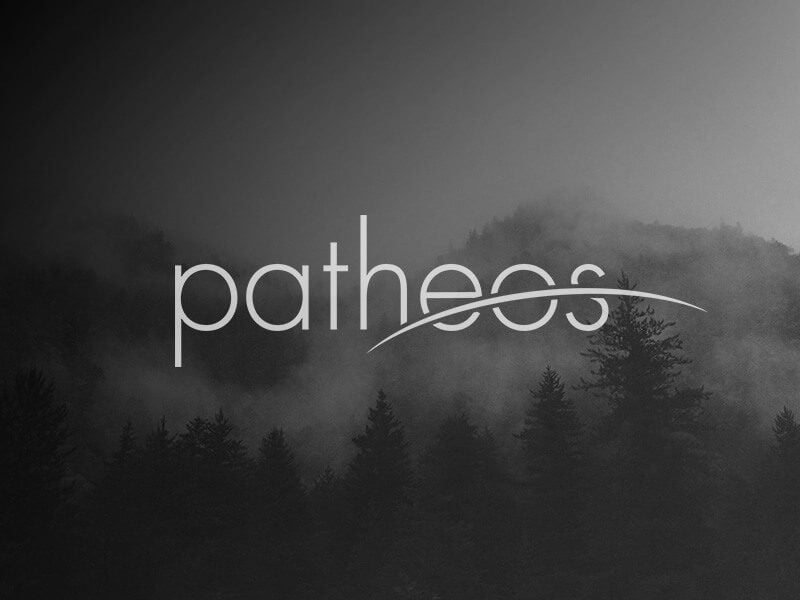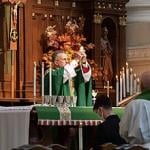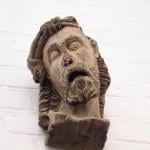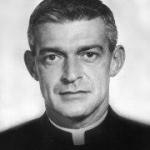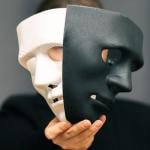It’s always enjoyable to watch a good-hearted person start to discover the historical Church and what it actually believed and taught. The realization that you’ve got the story almost exactly backwards can be a jolt, but it can also liberating, like a bone popping back into its socket and feeling right for the first time in a long time.
The narrative I absorbed as an Evangelical was that Jesus had obviously instituted the Eucharist as a mere memorial: an audio-visual aid for people who needed that kind of thing to remind them of his sacrifice. It was never made particularly clear why a ritual meal of bread and wine would remind us of a brutal crucifixion, but it never occurred to me to ask. The notion that the Eucharist was the Body, Blood, Soul, and Divinity of Jesus Christ himself, fully present under the appearance of bread and wine was clearly a Dark Ages corruption that only a bunch of superstitious peasants who had never heard of Bible could possibly believe.
This was, in part, because the particular sect I came from had taken the next logical step away from the historic Christian tradition and dropped communion altogether. Once you accept the premise that it’s just an audio-visual aid for people who need that kind of thing, it’s not terribly hard to conclude that “spiritually mature” people don’t need such things any more than they need sacrificial rites of the Temple liturgy. I, being a new Christian had never having given any of this stuff one second’s thought when I joined this little sect. (It was the group of Christians on my dorm floor and I turned to them–not without reason–as the only people in my social circle who knew anything about this Jesus I had encountered.)
As it happened, they were charismatics who came out of a non-denominational Pentecostal tradition. They had absorbed what I would later learn was a sort of gnostic theology that tended, in a half-baked way, to pit the spiritual against the physical. In such a theology, the physical–and the human–tended to be seen as the thing to be escaped. Jesus, in their belief, was raised from the dead bodily only to show us he was still alive. When he ascended, he abandoned his humanity and dissolved back into pure spirit. The only Second Coming was Pentecost, when he returned in spiritual form. They still believed in the Trinity in some sense, but as I look back, it was a kind of quasi-modalism. In other words, they distinguished between the Father and the Son, but the Holy Spirit was just Jesus returning in spiritual form.
A consequence of all this was the rejection not only of sacraments (common to a number of Protestantisms) but the rejection of even the modified grape juice and cracker “symbolic” communion of much of Protestantism and even of baptism. True baptism was baptism in the Holy Spirit. True communion was when the Spirit in me communes with the Spirit in you and so forth. This was unusual in Protestantism, but not unheard of. And I had no clue it was remote from anything in the early Church, because what did I know?
The psychological impact on a damaged person like me would take years to be felt, but its effects eventually did manifest. For somebody like me, with a strained relationship with his father and deeply insecure about his relationship with God the Father, the message, “Your humanity is bad. You need to die and be replaced by God’s Son” was a particularly toxic parody of the gospel. Eventually I reached a crisis point and, at just the time I needed to hear it, I was exposed to actual Catholic theology, which insists that God blesses our humanity, not tries to destroy it and that “The glory of God is a human being fully alive.”
All of a sudden Mary made sense because she was not a competitor to Jesus but his finest work of art and happiest saint. Above all, the Incarnation (and its corollary, the Resurrection and the Real Presence in the Eucharist) snapped into focus as God coming to us through, not in spite of, our humanity. Everything became sacramental. My humanity was blessed, not an obstacle. I was a beloved son, not somebody who needed to disappear. It answered my deepest instincts about why I loved creation so much and why I could not buy the idea that I had to choose between it and God. As long as I did not love creatures more than God (the essence of idolatry and the source of endless frustration) I could thank God for creatures and not place on them the intolerable burden of expecting them to satisfy something in me that only God could satisfy.
What I realized, like the guy in the video, was that the Real Presence was not some Dark Ages corruption of what Jesus “originally” taught, but was simply what Jesus and the apostles taught the Church and what the Church routinely taught ever since. The first suggestions that the Eucharist was “just a symbol” and not the Body, Blood, Soul, and Divinity of Jesus don’t turn up in the historical record for nearly a thousand years. A full blown denial of the Real Presence as the accepted doctrine of a body of Christians doesn’t happen till the Reformation, with Zwingli. And even other Protestants regarded that as nuts. Luther held something much closer to a Catholic view of the Eucharist than to Zwingli’s. I was shocked (but also immediately convinced) when I discovered that it was we Evangelicals, not the “Dark Age Catholics” who had changed apostolic and biblical teaching. And that was only reinforced when I realized that every apostolic communion whether or not it was in union with Rome believed the same.
I pray this guy follows the evidence he is discovering and comes to the table of the Eucharist. God bless him.
On this Prayer Wednesday, please pray for him and for all who are following the Light toward Jesus Christ, fully present in the Eucharist.




